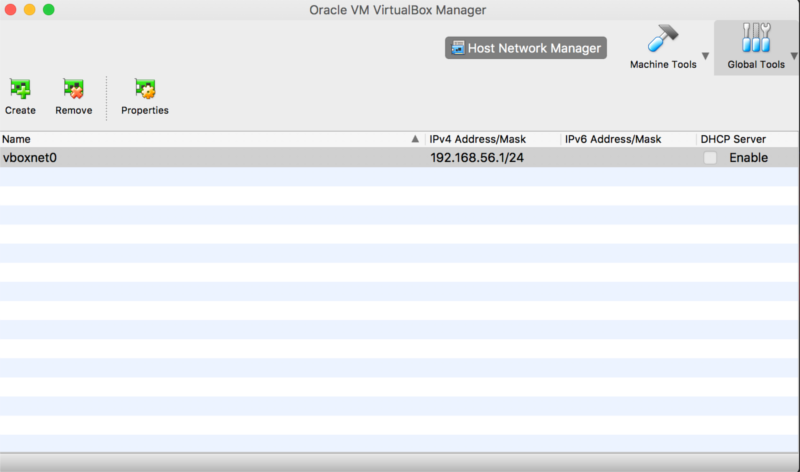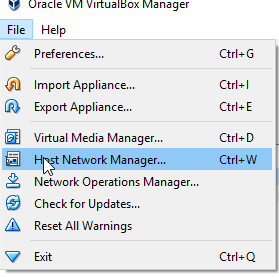

If your host system can get on the net, your VM can as well. The NAT adapter is the most reliable to give your VM Internet access. You can ping the gateway and name server from the VM, but pinging 10.0.2.15 from your host system will never work. Name server: 10.0.2.3 / 24 (potentially supplemented with the name servers assigned to your host system).The network settings of your VM are predictable. However, it is normally not possible to access your VM from the host system over the network. Is the default way of allowing your VM to access the Internet.

In the sections below, each adapter type is discussed in more detail, including the network settings that you can expect. RouteĪt first sight, the Bridged adapter appears to be the most suitable for setting up a network service in a VM, but this is not the case. The table below gives an overview of the consequences of each adapter on network routing between the VM and the rest of the world. There is also no gateway to the Internet, nor is DHCP provided. Internal (Int): VMs are attached to a virtual network, but the host system is not.However, there is no gateway to the Internet in a host-only network. Consequently, network traffic between hosts and VMs is possible. You can even set up a virtual DHCP server that issues your VMs with an IP address. Host only (HO): The host system and the VM are attached to a configurable virtual network (File > Preferences > Network > Host-only Networks).For other hosts on this network, the VM appears as just another host. If a DHCP server is active on the network, the VM will get an IP within the same range as the host system. Bridged (Br): The VM gets direct access to the physical network adapter of the host system.NAT Network: Like the previous type, but network traffic between VMs in the same NAT network is possible.This is the best way to ensure your VM has Internet access. There is no route from the host system to the VM, though. Network Adress Translation (NAT): The VM is in an isolated network and has an Internet link through a virtual gateway.You can choose the type of adapter between: In a VirtualBox VM with EL7, the network interfaces are usually named as follows: OverviewĪ VirtualBox VM can be assigned 4 network adapters from the GUI (Machine > Settings > Network), and even more from the command line. VirtualBox is certainly not the “best” virtualization platform, but it is supported on the three common desktop platforms and works similarly on all of them. In our system administration courses, we use VirtualBox to allow students to set up their own Linux machines without having to resort to dual booting. In this post, we’ll discuss the most important differences between them, and their limitations when you use VirtualBox to experiment with setting up network services on a VM. One of the greatest pitfalls when working with VirtualBox VMs is a good understanding of how networking works.


 0 kommentar(er)
0 kommentar(er)
